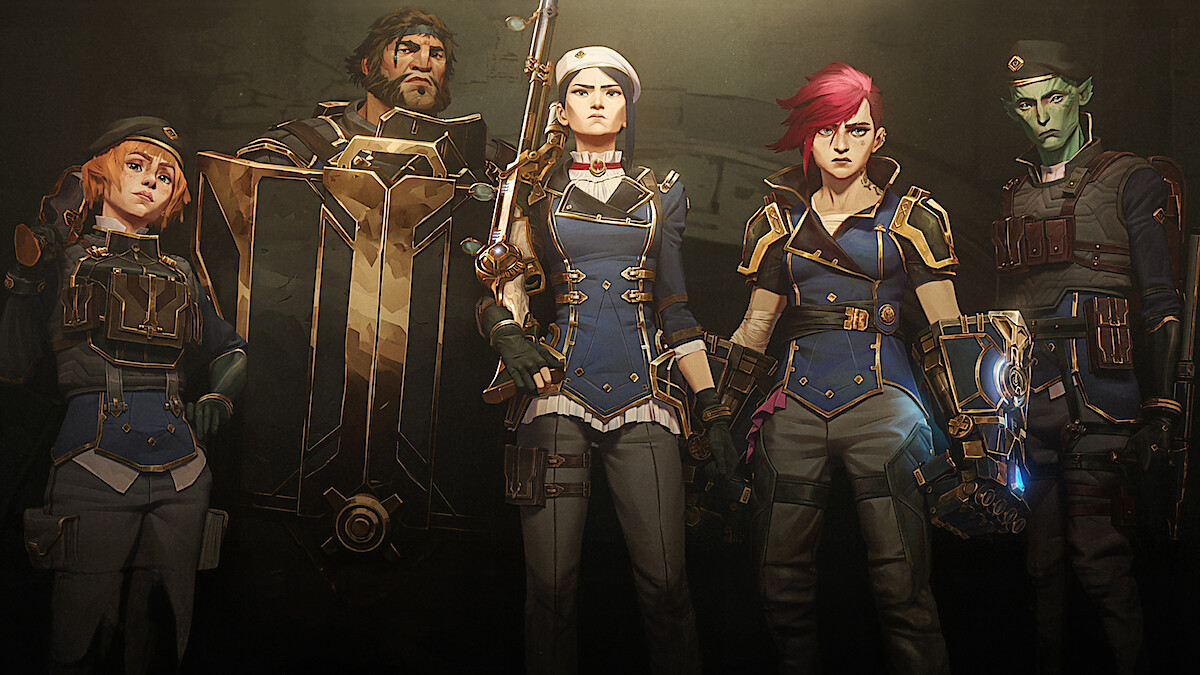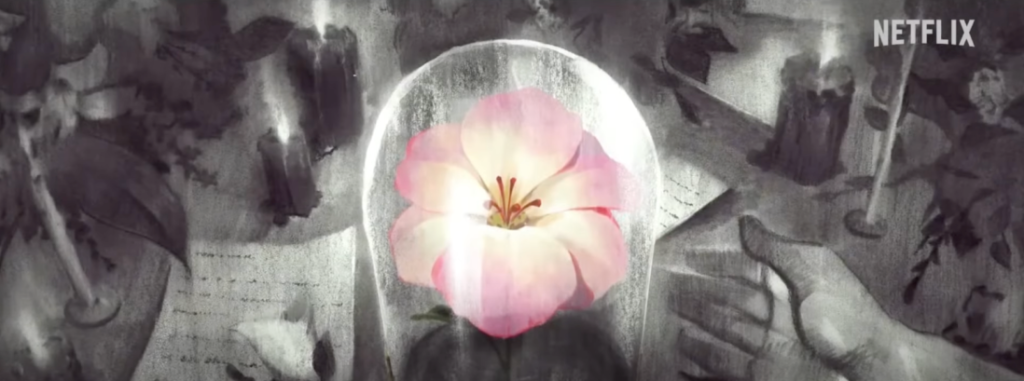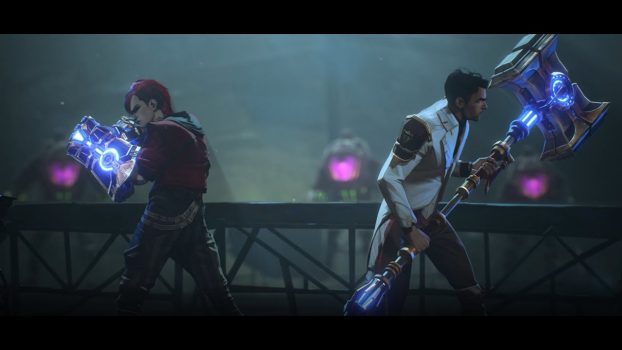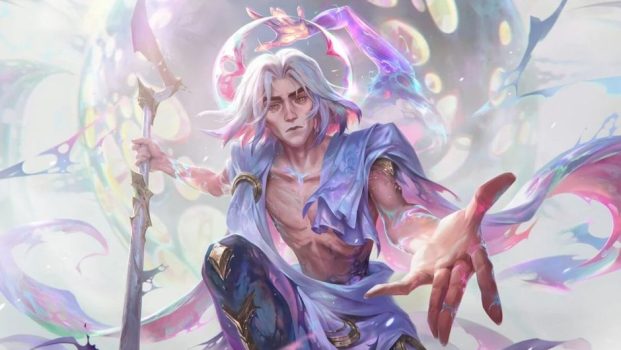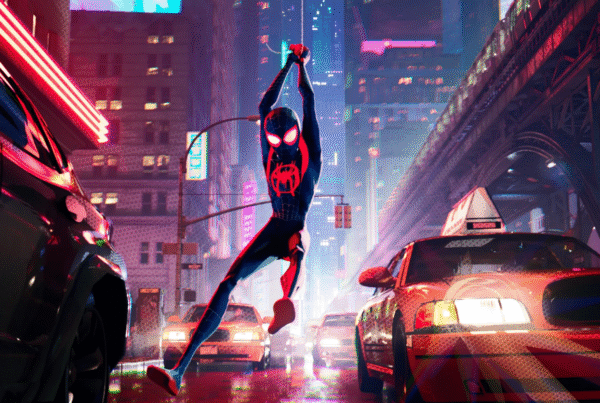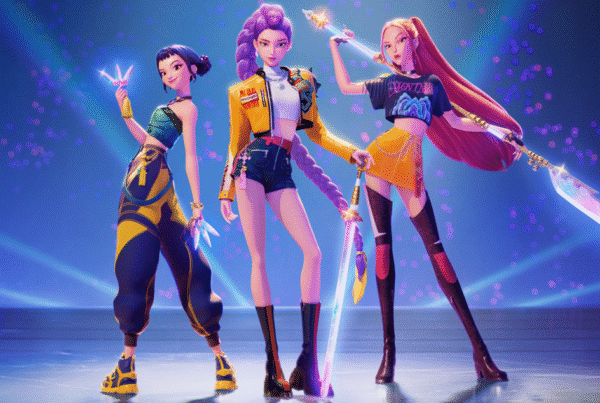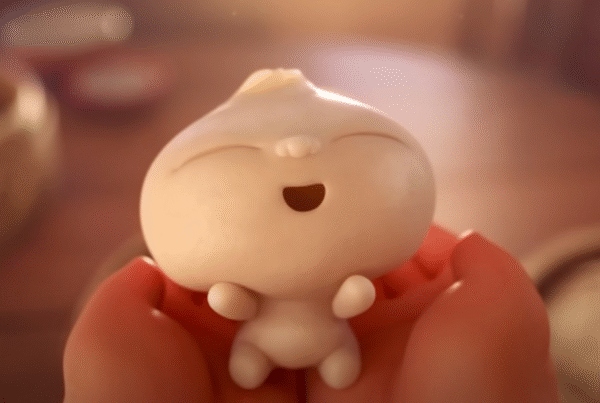The Marketing Genius Behind Riot Games’ Arcane
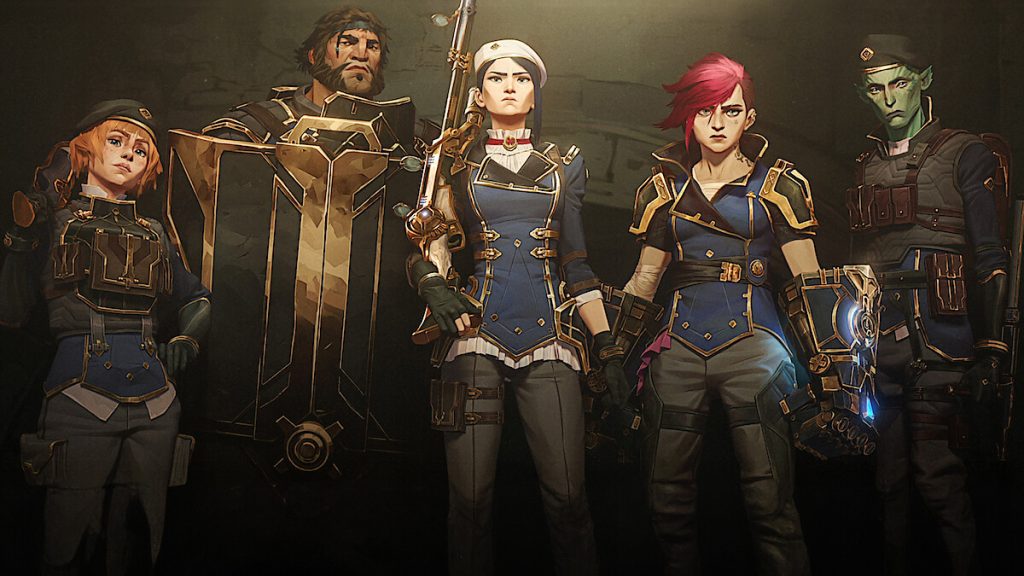
Now recognised as one of Netflix’s best adult animated series, Arcane concluded in late 2024 with its second and final season. Inspired by the hit game League of Legends (LoL), the series began as a passion project by Christian Linke and Alexander Yee, two veterans at Riot Games, the studio behind LoL. Despite having no experience with TV adaptations, the duo collaborated with French animation studio Fortiche to bring the game’s characters to life, crafting Arcane as a gift to fans.
Much like how Cyberpunk: Edgerunners’ marketing revitalised interest in Cyberpunk 2077, Arcane served as an ingenious way of using animation in marketing for Riot Games. Originally intended as a love letter to longtime fans, the show’s stunning animation and riveting storytelling captivated an even broader audience – attracting new players to LoL. Arcane’s unique visual identity would also set new creative heights for animation, inspiring studios across the globe, including our team at CraveFX, an animation studio based in Singapore.
To retain full creative control over the series, Riot Games developed and financed the series on their own. This would cost them a hefty US$250 million, making Arcane the most expensive TV series of all time.
Though the cost was steep, the show’s success also translated into various accolades for the hit show. Since its debut in 2021, Arcane has scored a 100% on Rotten Tomatoes, with both seasons landing in Netflix’s Top 10 charts in 88 countries upon release. Season 1 won four Primetime Emmy awards while Season 2 was the #1 show in over 60 countries.
Arcane As A Portal For New Players
With over seven million views in its first week on Netflix, Arcane Season Two continued the success of its predecessor in introducing LoL to new audiences. The show’s ability to draw viewers stems from its universal themes of family, class differences, trauma, and survival – elements that resonate with audiences regardless of their familiarity with the game.
Arcane strategically focuses on a small, memorable cast from LoL’s roster of over 150 playable characters. Sisters Jinx and Vi anchor the narrative, supported by compelling characters like Caitlyn, Jayce, Viktor, and Heimerdinger. The show deepens these characters through rich relationships – from the complex sisterly bond between Jinx and Vi, to Vi’s developing romance with Caitlyn, and the friendship between Jayce and Viktor. This character-driven approach helps viewers form emotional connections with champions they can later play in-game.
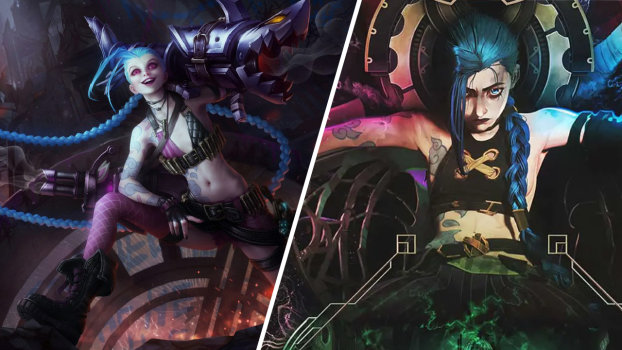
The show further immerses viewers in the LoL universe through its setting in Piltover and Zaun, two well known in-game location. While these locations are referenced but unplayable in the game, Arcane brings them to life. The contrast between Piltover’s technological progress and Zaun’s dark industrial underbelly provides both a compelling backdrop for the story and deeper insight into the game’s world-building. Recognising the show’s success in expanding the universe, Riot Games has strengthened the connection between show and game by introducing Arcane characters Ambessa and Mel as playable champions in LoL.
This strategy is best surmised in a Reddit post from Riot Games co-founder, Mark Merril, “These people think we make things like Arcane to sell skins, when in reality we sell skins to make things like Arcane.” By prioritising storytelling over direct marketing, the team has successfully expanded the LoL community beyond its traditional gaming audience.
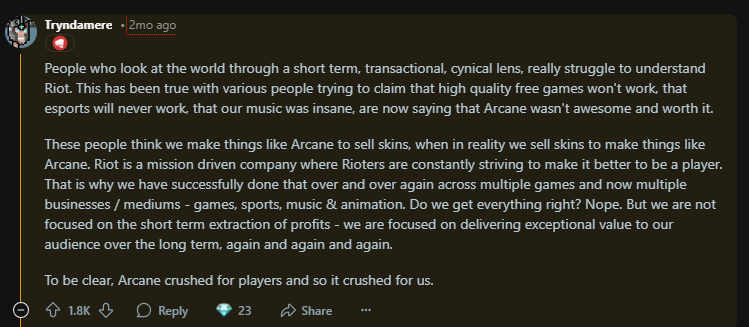
What Made Arcane So Successful?
Unique Animation Style
Arcane is best known for its unique visual identity, achieved through a blend of 2D and 3D animation techniques. If the world is reminiscent of a painting, that’s because it was hand painted. The backgrounds in the show were painted in 2D so animators could have full control over the composition, colours and design. For more dynamic scenes, these 2D backgrounds would be projected onto 3D geometry, adding depth and dimensionality while maintaining the artistic style of the original painting. This technique is also known as camera mapping.
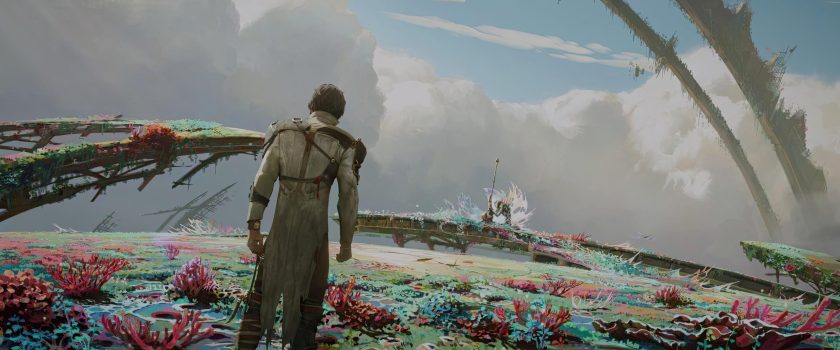
This mixed approach also extended to the characters, which were modelled in 3D but textured in 2D, meaning the artists directly painted on the 3D models of the characters. Instead of focusing on hyper realism, animators prioritised how a characters’ visual identity relates back to the storytelling.
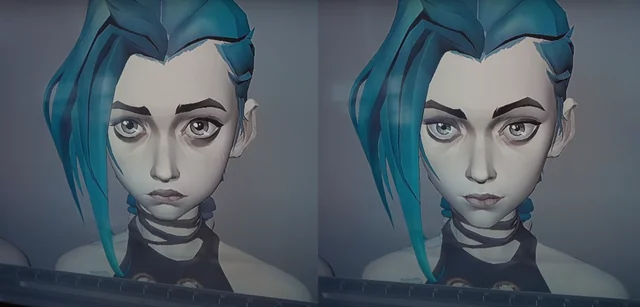
Even the show’s visual effects like smoke and sparks from fight scenes were hand-drawn by VFX artists. In action-packed sequences, these effects lend the show a stylistic flair and spice up the action.
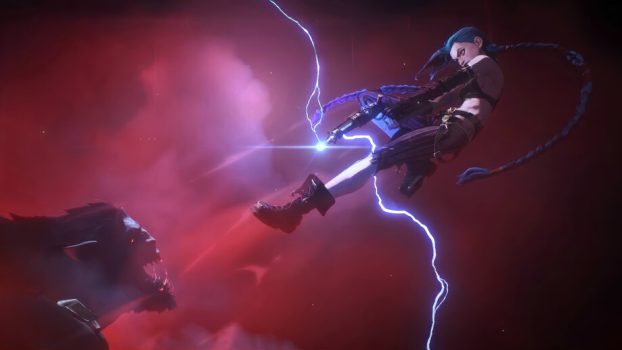
Besides having a consistent and distinct animation style, the show also experimented with new techniques, which included digital watercolours and charcoal sketches.
Well-written Storylines
Multiple plotlines converge in the show’s climactic finale, delivering a rewarding yet bittersweet conclusion that respects the complexity of its characters. What makes these storylines compelling is how they showcase morally grey characters who struggle with their flaws and weaknesses, yet demonstrate remarkable resilience.
Characters like Vi and Jayce face repeated setbacks but continue to grow through their failures, learning vital lessons about leadership and responsibility. Even in cases where characters harbor deep-seated vengeance – such as Caitlyn’s hatred for Jinx or Viktor’s resentment of Piltover’s elite – the show explores how they either overcome or succumb to these destructive emotions, adding layers of depth to their character arcs.
Arcane’s Legacy And Impact On Riot Games
Arcane’s success has opened new horizons for LoL’s storytelling universe. Show co-creator Christian Linke revealed plans to explore other iconic regions from the game – Noxus with its military might, Ionia’s mystical landscapes, and Demacia’s complex society – through potential spin-off series. This expansion marks a significant shift in how Riot Games approaches its intellectual property (IP), moving beyond traditional gaming into mainstream entertainment.
The show’s triumph has boosted Riot Games’ marketing strategy, complementing their established channels like esports tournaments and in-game events. While the League of Legends World Championship has long been a cornerstone of community engagement, Arcane brought the game’s rich lore to viewers who might never have picked up the game.
This multimedia approach has created a powerful feedback loop: the show drives interest in the game’s characters, while in-game content and esports keep fans engaged between seasons. For instance, special in-game events and character skins tied to the show have been particularly successful, allowing players to experience the connection between Arcane’s narrative and the game firsthand.
Ready To Tell Your Story With Animation?
Arcane’s groundbreaking success demonstrates how animation can transform a gaming franchise. Through its unique visual style, compelling storytelling, and strategic marketing approach, the show has set new standards for what animated adaptations can achieve. For brands looking to make a similar impact through animation, CraveFX offers the expertise to bring your vision to life. Contact us to find out how we can help you tell your story.

